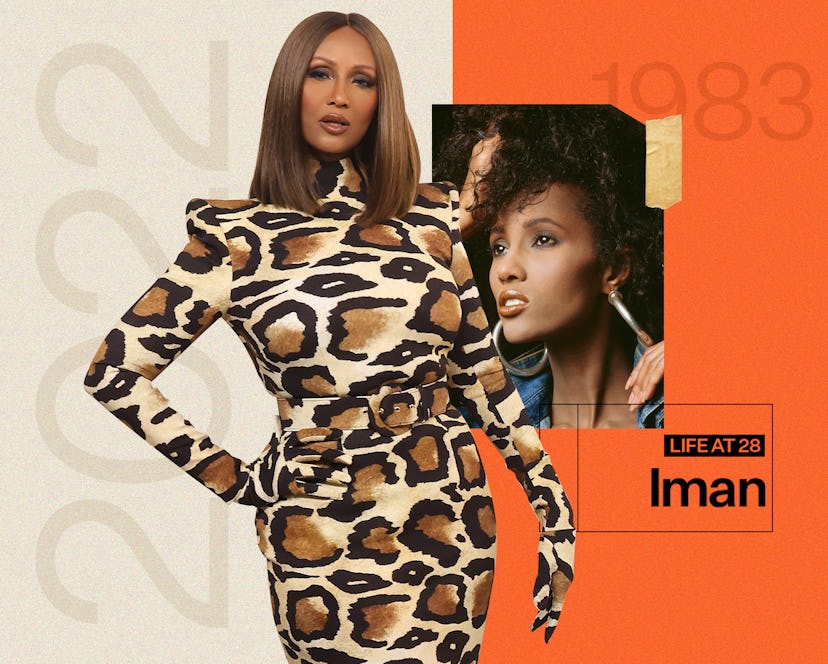28
The style icon reflects on the 80s and what has changed.
Iman changed the face of fashion after being discovered in Nairobi, Kenya in 1975.
Iman quickly took up the role of activist, advocating for equal pay in the modeling industry.

No matter the intention, the result is racism.
Take me back to 1983, when you were 28.
What was the modeling industry like?
What was your life like?
I was at the height of my career.
It was around the time that I was also working for designers and was a muse forThierry Mugler.
But it was not far from retiring in 1989.
What did a typical Friday night look like at 28?
Oh, dear God.
Id buy that energy if I had it.
It was not as full throttle, like it was the late 70s, early 80s.
By 1983, we are a little bit more aware of how to take care of ourselves.
Were you already starting to think about retirement at 28?
Thats never in your forefront.
Ive always believed in leave at the top know your entrance and especially your exit.
Its not like youve been kicked out, but you left on your own terms.
InSupreme Models, Marcellas Reynolds says that you changed how the West perceives African beauty.
At 28, did you expect to have that kind of impact?
I came to the United States at the end of 75.
I was fully aware of my contribution, my worth in the industry.
They said, They pay you what they pay Black models.
I said, Wait hold on theyre not paying Black models and white models the same amount?
I said, Well, first, thats a racist act.
I said, Call me when theyre ready to pay that.
I didnt work for three months.
I wasnt going to settle for that.
So at 28, I knew my worth.
What would you describe as your best memory of 28?
It was a different way of seeing us.
We were always there, and we were always celebrated, but it would become a global phenomenon.
Lots of things, culturally, were changing specifically, music.
There is things that change the culture in a big way, and its never just fashion and beauty.
It starts with music.
We have witnessed it with rock and roll and hip-hop.
There is nothing like music that brings the whole world in the same place.
Everybody had the same language and the same movement.
So thats a big cultural shift.
You, Bethann, and Campbell came together to create the Diversity Coalition in 2013.
Do you feel like things have improved in almost 10 years?
In 2013, there was a big article in theNew York Timesabout the white-out of the runway.
So Naomi and Bethann and I got together to correct that.
That was the second phase of theBlack Girls Coalition.
If that was 2013, imagine it in 1983.
There were more Black models working at that time than 2013.
So you go one step forward and three steps backwards.
The change was palpable.
Within six months, we saw the change because we were very clear about our point of view.
Its not like we were calling for canceling designers.
So it was highlighting what was wrong and what needs to change.
But what was different [in] 2013 was that in the 60s, The revolution will be televised.
This time around, it was, The revolution will be on social media.
And do you feel like thats carried through 10 years later?
It goes back and forth.
Fashion is very cyclical.
For Black models, more doors have been opened.
So the change is quite vocal since 2013, and its not just because of us.
What advice would you give to your 28-year-old self?
Dont worry about a thing its going to be all right.
Dont get just in a tunnel vision.
Im 67 years old.
Young generations are really stepping up.